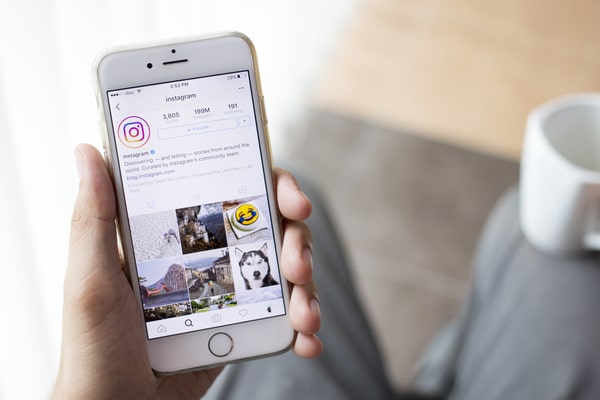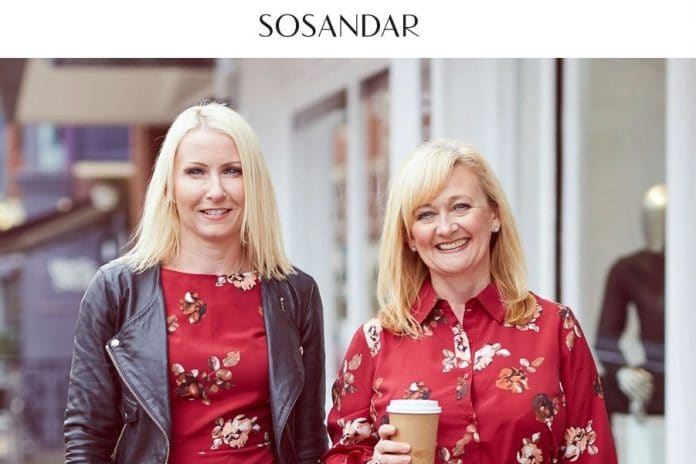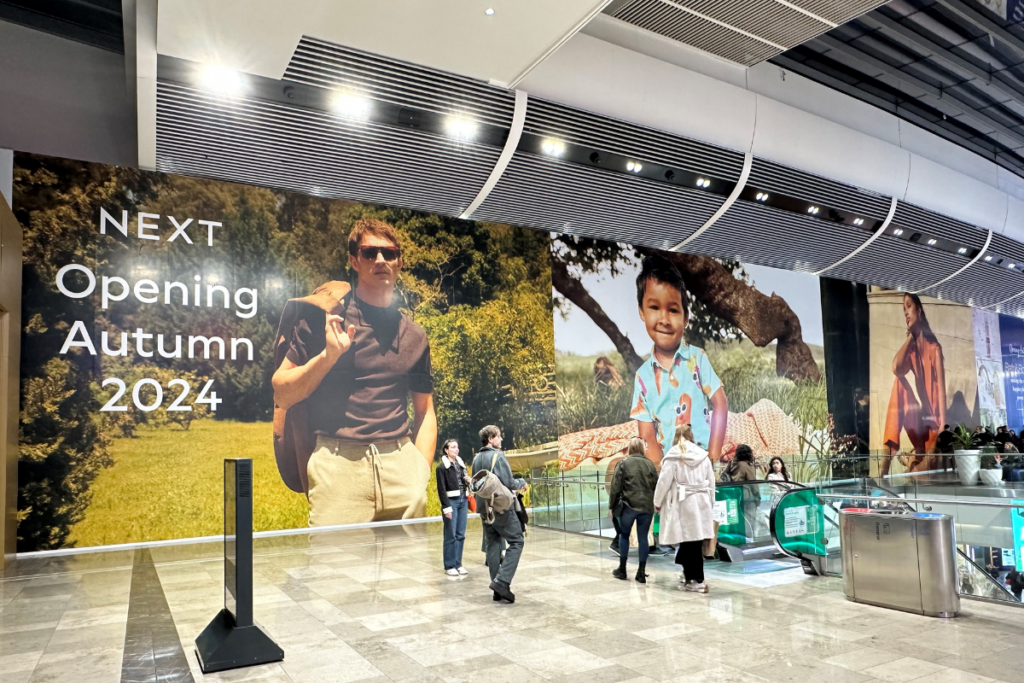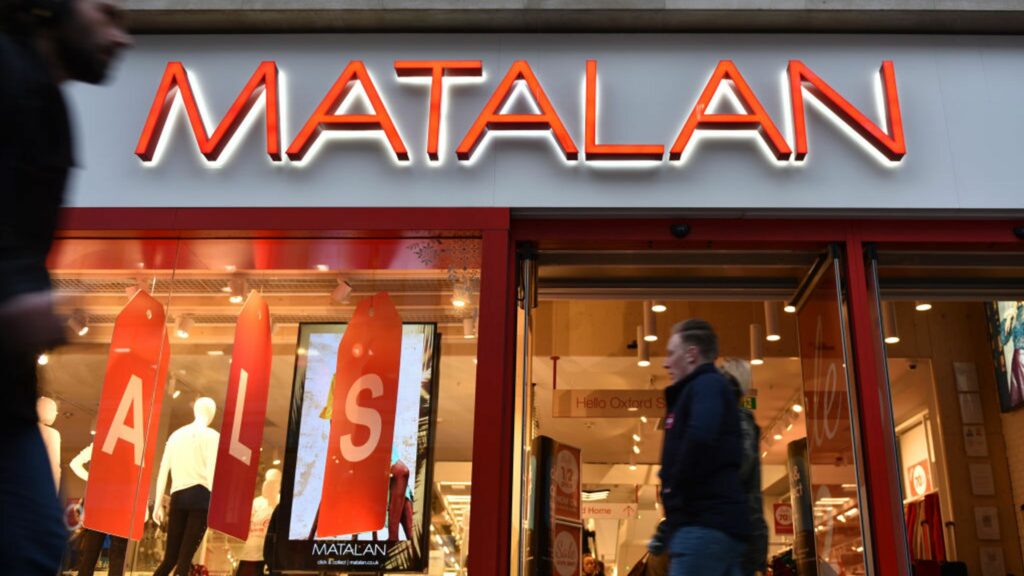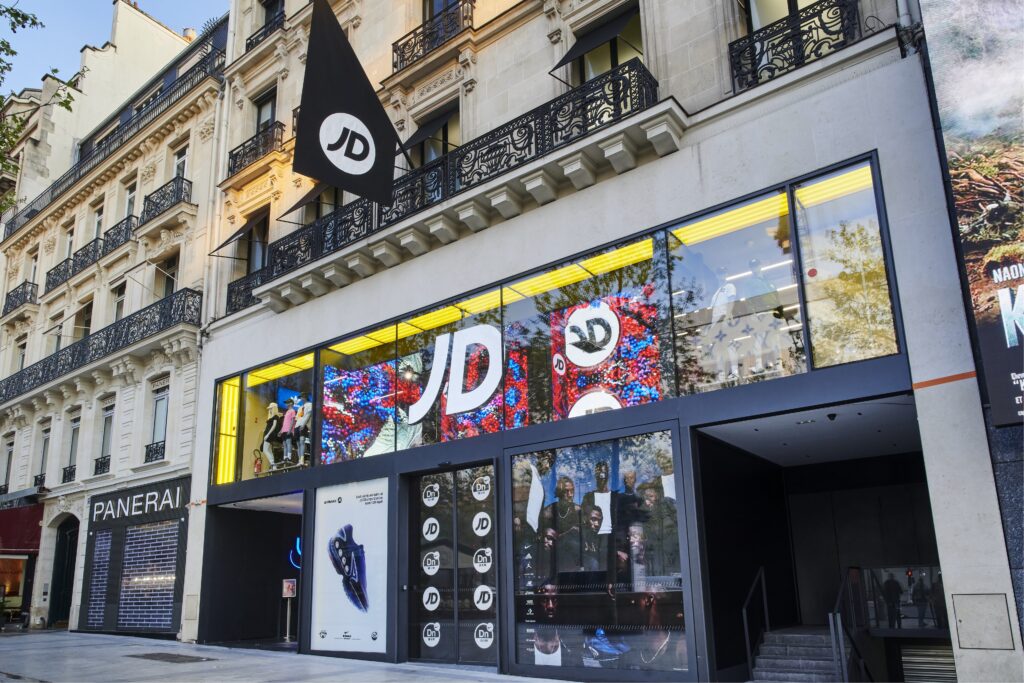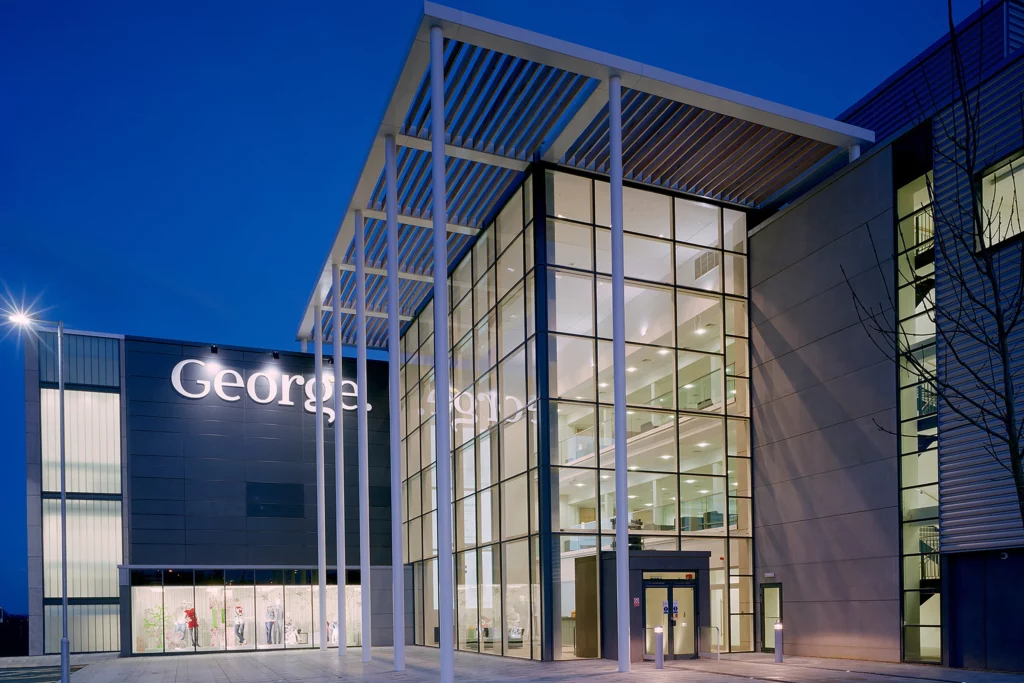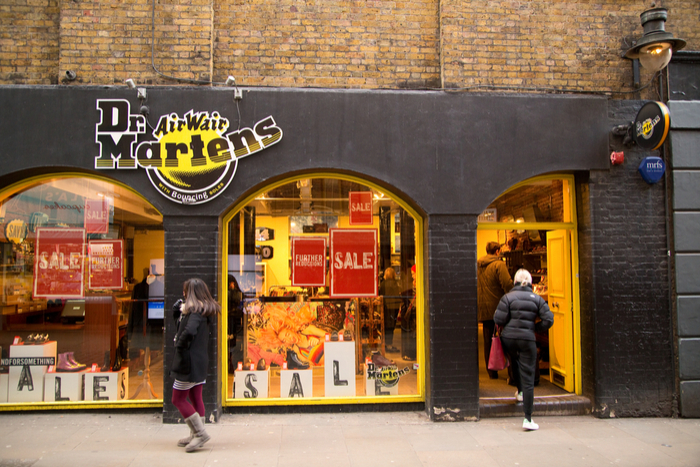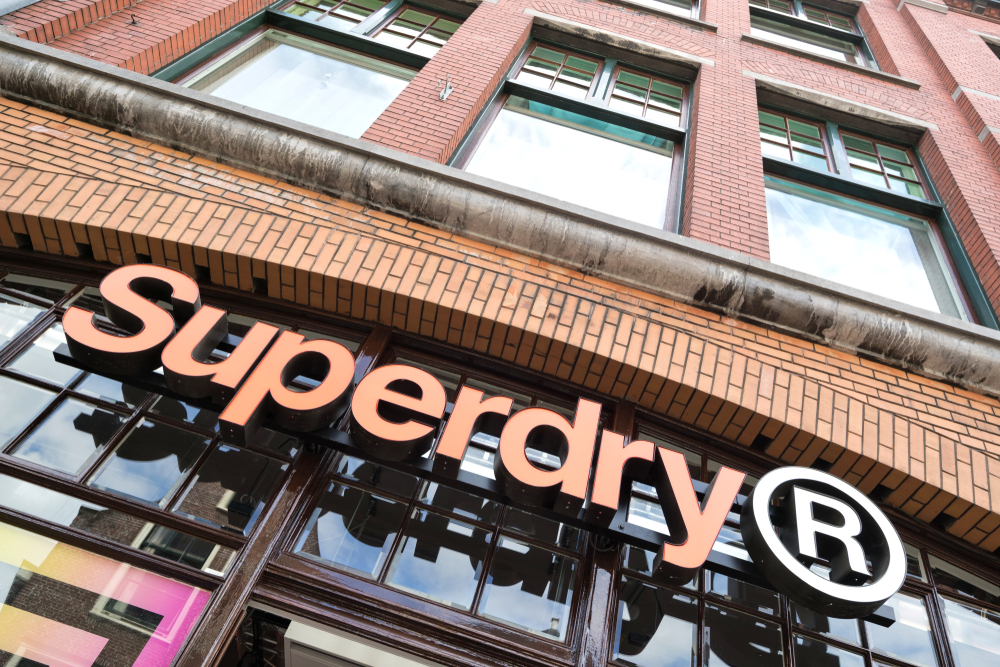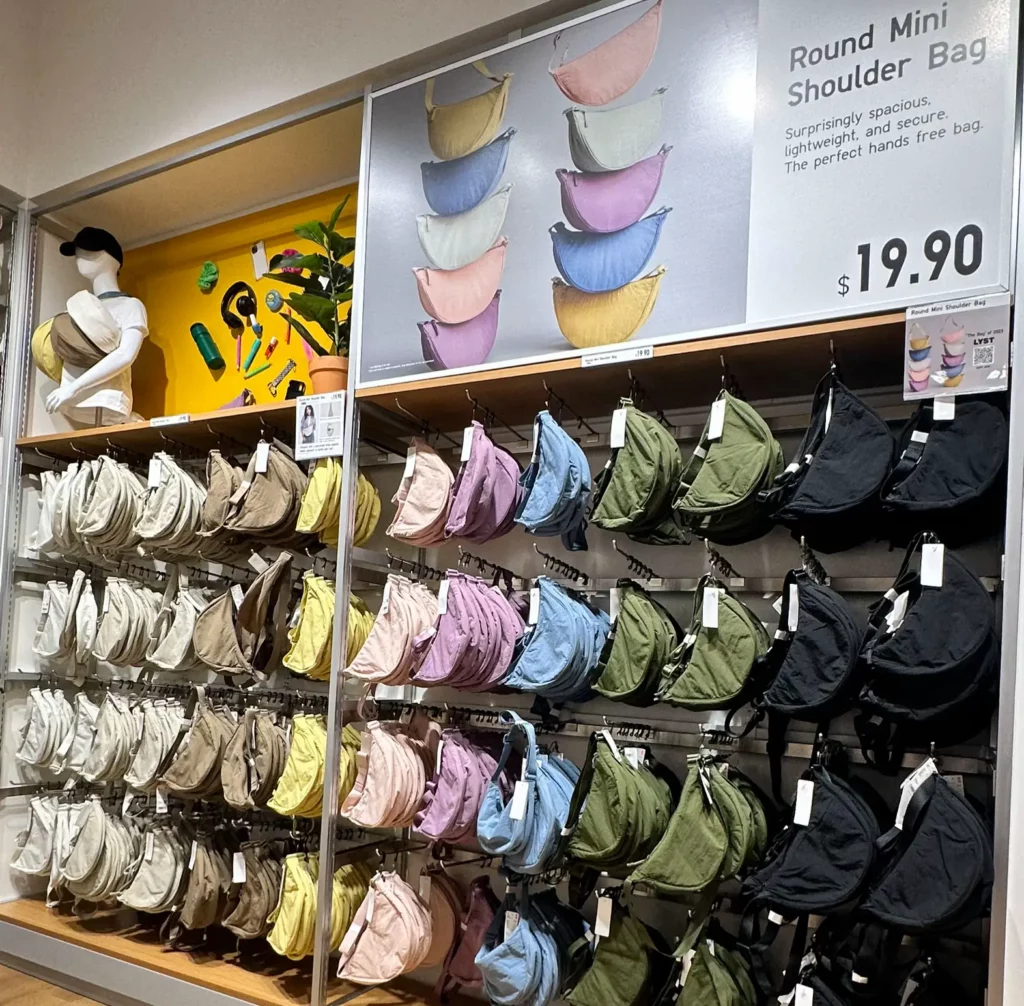As our dependence on social media grows and it becomes more integrated into our lives, we’re becoming more influenced by what we see online than ever before — especially when it comes to fashion.
In years gone by, fashion was presented to us through glossy magazines and catwalk shows. Through these controlled channels, fashion was kept exclusive, determined by designers and magazine editors. Fast forward to 2018 and it’s a very different story.
With platforms like Instagram, we can essentially become our own magazine editors, sharing our personal style with potentially millions of users. While catwalks and glossies still remain a part of today’s fashion sphere, fashion is more fluid and interactive than ever before — changing the way fashion brands connect with their core audience.
A new market
No longer do fashionistas rely on the latest issue of Vogue to tell them what’s hot this season. It’s all about social media — what products are online retailers pushing this season? What going out dresses are all your friends wearing in their latest tagged photos? And, what’re the bloggers and influencers on your news feed into this month?
“Fashion is more fluid and interactive than ever before”
On a whole, millennials are thought to be less trusting of traditional forms of advertising — often perceived to be over-planned and misleading. In the world of fashion, this means that magazines and advertising campaigns don’t have the influence that they once did. They’re now seen as quite distant from the reader as many are aware of the editing that goes on behind one shot. Instead, peer recommendations are more valuable and accessible than they once used to be.
Of course, we’ve all heard of the power of word-of-mouth, but with social media and its ability to spread at a rapid speed across countries, it’s more important than ever before. Of Instagram’s total audience, 200 million users follow at least one fashion account. 45 per cent of Instagram users in Britain say they follow these fashion accounts to gain inspiration for looks they can buy or create themselves. Sharing their own looks is a part of this process too, with #fashion mentioned a whopping 13 million times a month and #ootd (outfit of the day) featuring in 140 million posts to date.
The need for peer validation most likely stems from a rise in online “likes” and “followers” that many social media users strive for. Many of us are used to reading user-generated reviews about an experience or product before making a purchase now. In fact, research found that 71 per cent of people are more likely to make an online purchase if the product or service has been recommended by others. In addition to this, 84 per cent of millennials are likely to be influenced into making a purchase based on the user-generated content by strangers who have experienced the product or service.
With this in mind, it’s no surprise that so many fashion brands and retailers are centering much of their marketing strategy around Instagram — and indeed digital avenues more widely. Even luxury brands that once shunned social media for fear of it cheapening their image are now jumping on the digital bandwagon. While 72 per cent of luxury fashion brands’ marketing spend is still attributed to print marketing, digital is quickly gaining pace — reaching a total digital ad spend of $100 billion (£75.2 billion) in 2016.
If fashion brands and retailers can make their way onto the news feeds of users, they become exposed to a demographic that has already expressed interest in them.
Increased brand involvement
“It’s no surprise that so many fashion brands and retailers are centering much of their marketing strategy around Instagram”
Social media allows fashion brands and retailers to interact with their customers on a level that they could never do previously. Business of Fashion founder and editor in chief Imran Amed says: “The one thing that has changed dramatically in recent years is the direct relationship brands now have with their consumers. In this new hierarchy, the consumer has the ability to amplify or negatively impact on business, through sharing positive or negative responses.”
One example of this is fashion shows. Once an exclusive event for the elite and top names in fashion, many shows on the catwalk can now be viewed live by millions. Access to the designers’ latest fashion lines was often something that we could only hear about through magazines and the press. However, now we can keep up with the latest through monitoring the content attached to a hashtag.
When social media first became a global phenomenon, it was mostly about Facebook and Twitter. But now there’s a new player on the scene — and it’s taking over. Instagram reached 800 million monthly active users in September 2017 and these users have the highest level of engagement (time spent using the app) compared to other social media sites.
Instagram has become a platform for fashion brands and retailers to connect with their audience directly, rather than through a catwalk show or print advertising campaign. This encourages the companies to think more about “real” people, with different bodies, skin tones and fashion preferences — it’s opened a whole new world for fashion marketers.
Now Instagram users can shop directly through the channel. Fashion brands and retailers are able to tag products in their posts which can then lead users to a point-of-sale. Early adopters of this, such as Natori and Magnolia Boutique, have already found that traffic and sales from Instagram have increased after implementing the shopping service.
“Instagram has become a platform for fashion brands and retailers to connect with their audience directly”
Another successful tactic used by fashion houses active on social media is encouraging people to post photos of themselves wearing the clothes. This is another form of user-generated content and it allows others to see what the outfit looks like on real people. In some cases, users are given the chance to feature on the main social media page.
The role of the influencer
Generating a wider conversation around your brand is important and one reason why many fashion brands and retailers have incorporated influencer marketing into their digital strategies. The influencer economy of Instagram alone is valued at $1 billion (£752 million) and 94 per cent of businesses said influencer marketing was an effective campaign strategy.
Influencer marketing involves working with influential personas — a blogger or person with a high social media following — to increase awareness of a brand or influence the purchasing patterns of a target audience.
For example, Adidas recently unveiled supermodel Kendall Jenner as its new Adidas Ambassador. With a total Instagram following of 89.2 million compared to Adidas’ 19.2 million, the partnership will significantly increase Adidas’ social reach and position the brand in front of Jenner’s younger fashion following.
From a consumer perspective, influencer content is almost like a recommendation from a friend. Seeing the people we admire or look up to wearing a particular outfit or using a certain product is a vote of confidence in a brand that makes us more likely to purchase the particular product or interact with the brand in the future. This sense of community is something that fashion accounts struggle to deliver – a third-party is needed to validate the products for consumers.
“From a consumer perspective, influencer content is almost like a recommendation from a friend.”
Influencer marketing does not have to involve a celebrity partnership, although their high exposure levels and number of followers will naturally help. It can involve any profile that can add value to a brand but generally, this value is measured in terms of volume of followers.
However, for maximum benefit, an influencer’s followers should be closely linked with a brand or retailer’s target demographic. Influencer relationships can be expensive, so the associated spend needs to be justifiable — yet doing so can be problematic for fashion brands, when you consider the difficulty surrounding success measurement.
Whether brands are able to gain a clear-cut measure of influencer marketing success or not, there’s no denying that building these relationships does ultimately benefit fashion brands, through either increased exposure or sales. Research found that five per cent of the influencers that were offering product recommendations were driving 45 per cent of social influence.
As we can see, social media has changed the face of fashion as we know it. We’re now more connected with our brands than ever before and are proud to publicly post about the names we love. With the implementation of Instagram shopping already changing the process of fashion retailing, who knows what the future holds?
Natalie Hunter is the Digital Marketing Assistant at Quiz
Click here to sign up to Retail Gazette‘s free daily email newsletter

